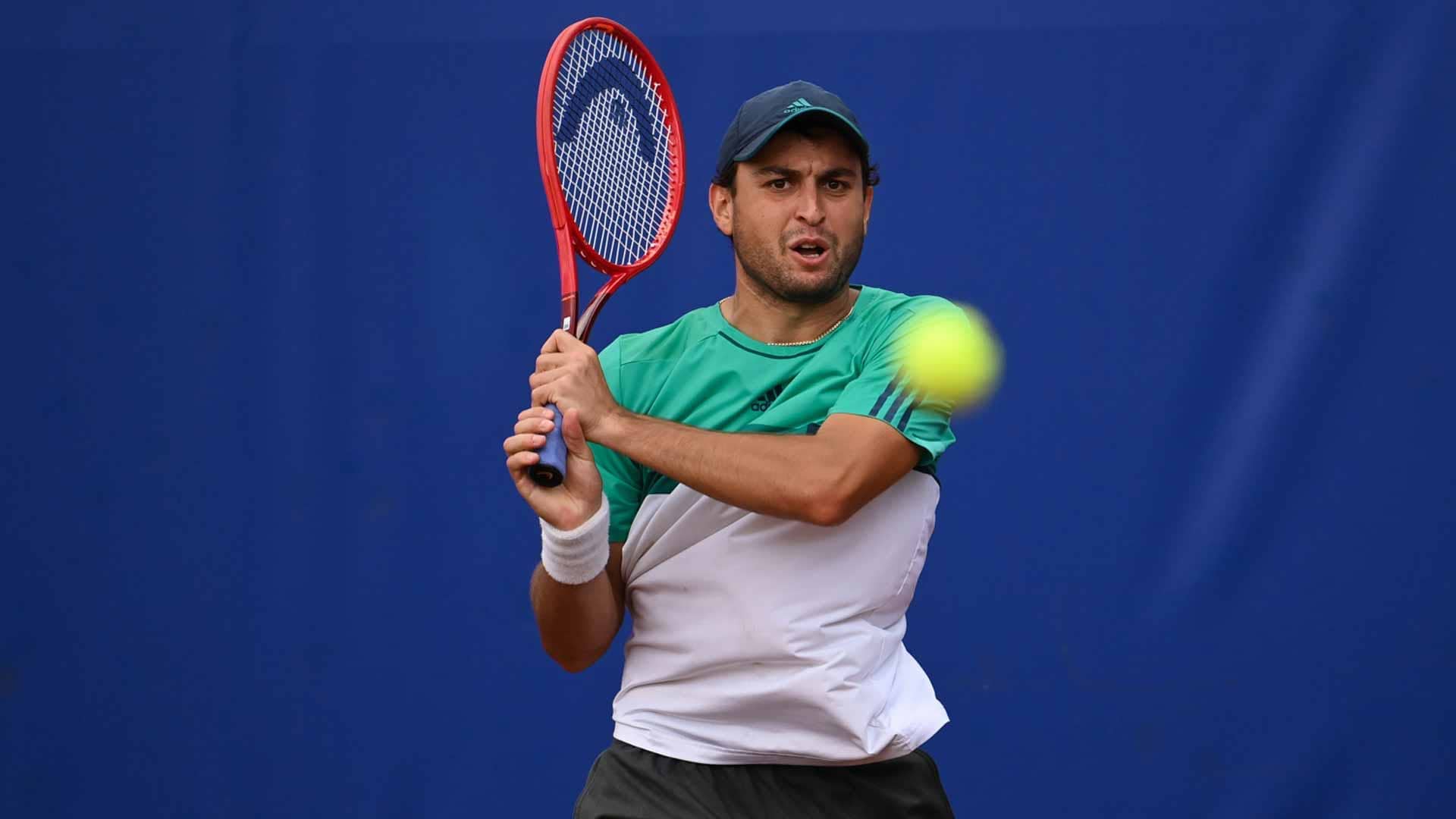During the suspension of the ATP Tour, Alexander Zverev added a familiar face to his coaching set-up: former World No. 3 David Ferrer.
The 23-year-old spent over a month alongside the Spaniard in Monaco, working on his game as Ferrer adjusted to life as a coach, just one year after retiring from the sport at the 2019 Mutua Madrid Open.
“He is exactly how he was on court. He is like that as a coach. I can’t ask for more,” said Zverev. “He was known as the biggest fighter, the biggest competitor in the world… He is overachieving every single expectation I had of him as a coach. It is amazing.”
Despite Zverev and Ferrer’s different approaches to the game, the German has bonded well with Ferrer in the early stages of their relationship. Ferrer will not be present at the Western & Southern Open or the US Open, but will join Zverev for events in Europe.
“[Working with Ferrer] is great. Honestly, I have to say for me, that partnership so far is one of the best partnerships I have had,” said Zverev. “Our personalities are extremely similar, which you wouldn’t think because of our game styles and how we are on court.
“We get along super well and during the European swing he is going to be there. Unfortunately, he couldn’t come here but I am excited for what is ahead for us.”
One of the reasons Ferrer could prove to be an inspired choice for Zverev is his knowledge of current players on the ATP Tour, including Zverev. The pair contested eight ATP Head2Head encounters, with Zverev earning a fifth win against the 2013 Roland Garros runner-up in Ferrer’s final match as a professional in Madrid.
“We played a bunch of times. We played eight times in our careers, so he knows exactly what I need to improve from a player’s perspective,” said Zverev. “He knows how to play me. He knows what to do to beat me and to have chances against me.”
Ferrer has been meticulous in his plans to improve Zverev’s game. In fact, the 27-time tour-level champion has been analysing Zverev’s past performances on YouTube and bringing a detailed notepad to practice sessions.
“He came immediately with a notebook and said, ‘Okay, this, this, this and that’. He is extremely organised,” said Zverev. “We would practise together and if he sees after two hours of practice that I am not doing this or that well, he would go on YouTube and be spending time looking at videos from two or three years ago [to see] what I was doing better back then, what I am doing better now, how I improved and how my body developed.
“He is doing all sorts of things to just really improve my game and that is something very special. He just quit a year ago in Madrid and he is so into it already. I have enjoyed it and I have loved every second of it so far.”
The Tour suspension has given Zverev time to not only build a new coaching relationship, but also to appreciate life as an ATP Tour player. The World No. 7 has missed the unique feeling of competition and success since his most recent tournament appearance at the Abierto Mexicano Telcel presentado por HSBC in February.
“I started to realise how much I miss tennis. How much I miss the emotions of playing in front of 20,000 people,” said Zverev. “How much I miss the emotions of competing and winning a big match that is important for me. How much I just miss being out there. The emotions and feelings you get on a tennis court, you don’t get them anywhere else… The emotions of winning a big match. The emotions of holding up a big trophy. That is something you don’t get anywhere else.”
Ahead of his return to action at the Western & Southern Open, Zverev took a moment to praise tournament organisers for their hard work to stage the event during the COVID-19 pandemic. This year’s edition of the ATP Masters 1000 event is being held at the USTA Billie Jean King National Tennis Center in New York, ahead of the US Open which begins on 31 August.
“I think they have done a fantastic job when it comes to accommodation, when it comes to just making the players feel well in the circumstances,” said Zverev. “They built all sorts of little things. A mini golf course, they built basketball hoops all over the place, all sorts of little things… This event is special because we don’t know if we will ever get an opportunity like this again. Obviously we don’t want to, because we want the world to go back to normal again but this is a very special event for us.”
After reaching his maiden Grand Slam semi-final at the Australian Open in January, Zverev felt that he had returned to his best level after struggling with his game during the 2019 ATP Tour season. The 23-year-old will now look to build on his 6-5 start to the year in his return match against two-time Western & Southern Open champion Andy Murray or Frances Tiafoe.
“I feel like I am competitive again in the biggest tournaments,” said Zverev. “I showed that in Australia. When I arrived in Indian Wells before the tournament got cancelled, I felt like I was ready… We’ll see how everything goes now with the comeback, but I hope I can continue the form I had at the beginning of the year and maybe get even better.”





